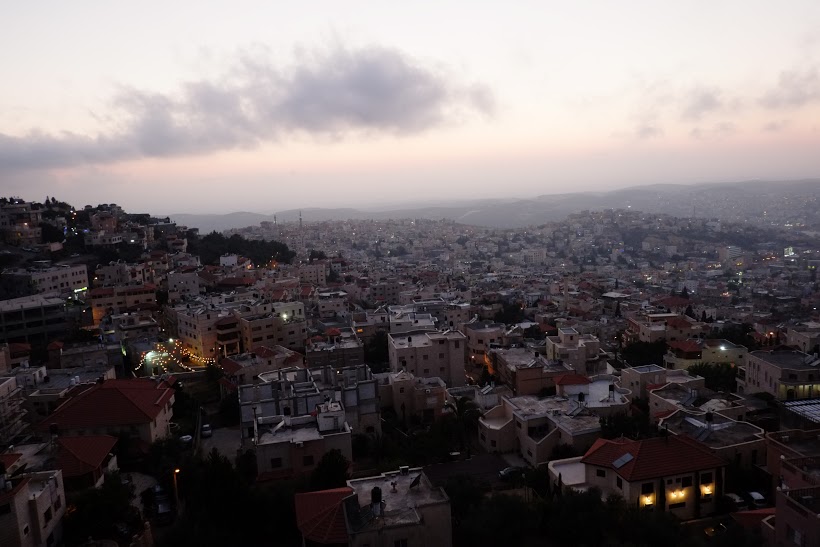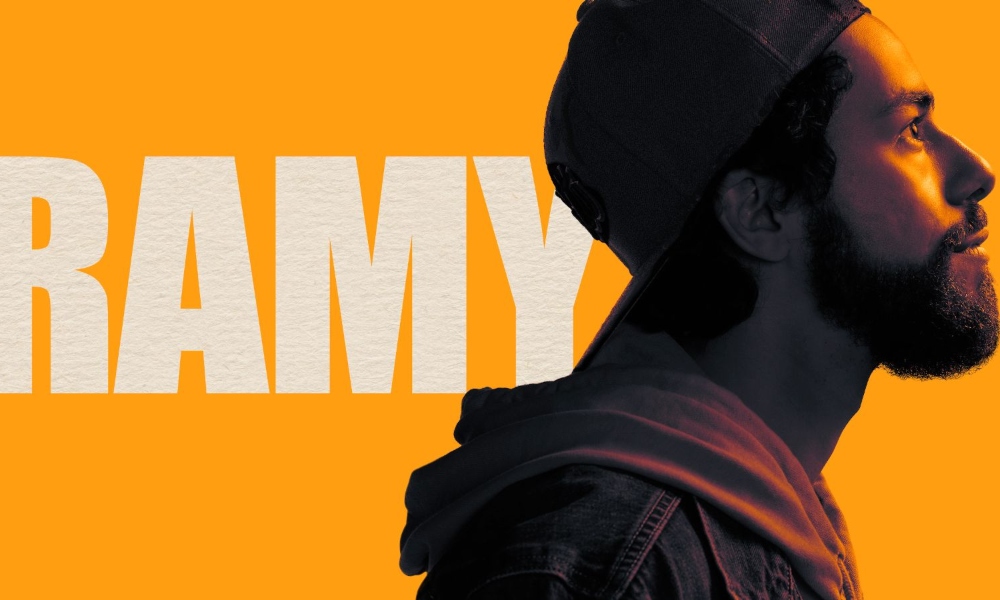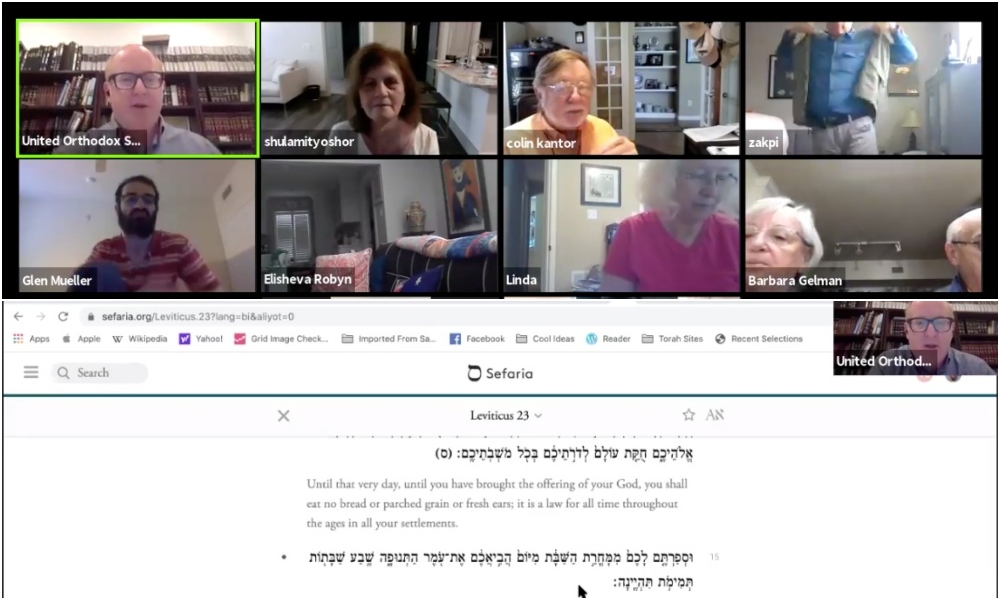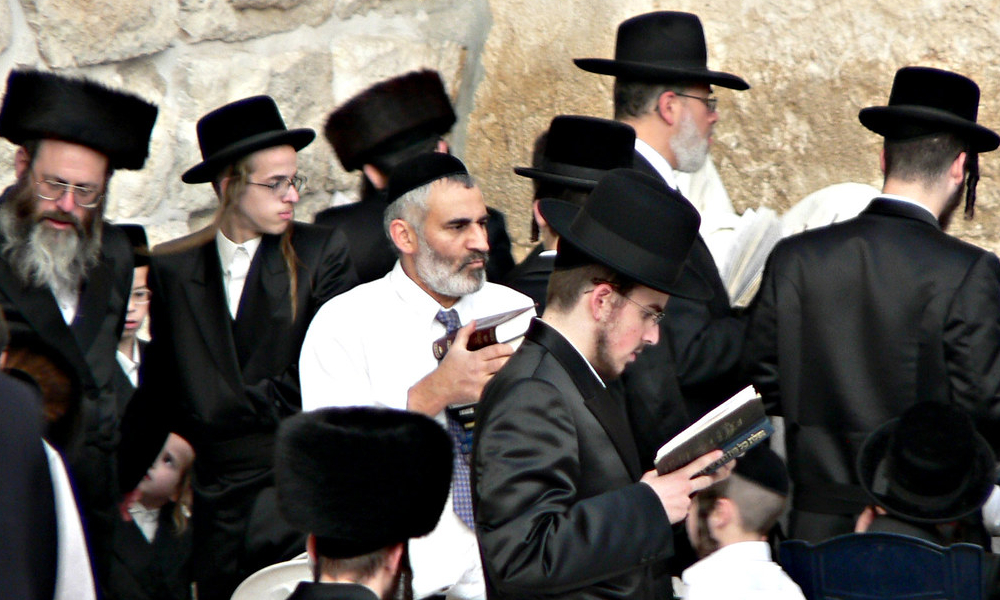Sheepishly, we attach the flags to our cars, so we can keep in line.
“We wouldn’t want to get lost,” says Aaron, a burly man seemingly in his 50s.
We are a group of about 50 Israeli Jews, convened at a gas station on the side of Route 65, one of Israel’s major east-west highways. It’s a road I’ve driven on hundreds of times, but always from one Jewish city to another Jewish city, rarely getting off on either side of the road.
But now we are all about to form a convoy of 13 cars to visit the city of Umm al-Fahm under the auspices of “Ramadan Nights,” a series of tours organized by Shared Tours and The Green Carpet Association, non-profit groups that seek to promote Jewish-Arab tourism, with the help of Sikkuy, an Israeli civil-equality NGO. This is the 11th year that they are offering tours of Arab villages during the 30-day Ramadan holiday. Over the years, some 20,000 Jews have participated in these tours. According to Sikkuy, this year, there has been a 30 percent increase in participation, with some 2,000 participants in 40 separate tours in eight different locations.
Arabs, most of them Muslims, make up nearly 20 percent of Israel’s population, but few of the participants on this tour have ever been to Umm al-Fahm, which, with a population of nearly 56,000, is Israel’s largest Arab city. Although Ramadan is the major religious celebration of the year, when Muslims fast from sunrise to sunset, few of us know much about the holiday. Even fewer of us have ever been to an Iftar, the festive evening meal to break the day’s fast.
“This is weird,” says Esti, a woman who has come with her 13-year-old son, as she attaches the flag to her car. “All I know about Umm al-Fahm is from the year 2000 and Raed Salah.”
Israeli Jews understand her code words. The year 2000 refers to the demonstrations against the police that turned violent in October 2000. Twelve Arab citizens were killed by Israeli police forces and one Jewish citizen was killed by a rock thrown at his car. For two days, Israeli police used live ammunition, tear gas, rubber bullets and snipers to keep this road open. At least three of the Arabs were killed right here, at the entrance to Umm al-Fahm. Israeli Jewish citizens viewed, and many still view, the riots as a challenge to the existence of the Jewish state; Israeli Arab citizens viewed, and many still view, the deaths as proof that they are second-class citizens who don’t even have the right to demonstrate against inequality.

The view point at Mt. Iskander at the moment of the evening prayer. (All photos by Adi Segal)
And Sheik Raed Salah is a former mayor of Umm al Fahm and the leader of the outlawed northern branch of the Islamic Movement who served a nine-month sentence for incitement against the state and calls for violence.
Both refer to the fear and alienation that most Jews feel about Umm al-Fahm—or toward any Arab city or village, for that matter.
Our guides are Shirin Mahadjne and Tal Raz, both certified tour guides, with expert, intimate knowledge of the area. Mahadjne, a diminutive woman who covers her head tightly with a colorful hijab, speaks quickly and energetically. The first in her family to attend college, she’s currently a doctoral candidate in archeology. Raz, who is also a jewelry-maker and a naturalist, lives in Katzir, a nearby Jewish city. They both sound genuinely excited and sincere—even though they’ve probably recited the same words dozens of times
“I was born in Um al Fahm and I live here to this day,” says Mahadjne. “I am delighted to show you a bit about our holidays and customs.” Raz, who lives in Katzir, a nearby Jewish town, adds, “Iftar is a chance for all of us to come together and have a religious and cultural and culinary experience. Just sharing and learning, no politics.”
Jews and Arabs and no politics? As we get into our cars and the convoy moves out, I wonder if that’s possible.
A mosque on the outskirts of the village is our first stop. Even though they had given us written instructions, not all the women have brought head coverings, and some are not modestly dressed. At the ready, Mahadjne and Raz hand out shawls and small hats.
The mosque is large yet simple, with a quiet sense of sanctity. We remove our shoes and sit on the floor, as instructed. The imam (the official who leads the prayers in a mosque), gives a brief explanation about the holiday, emphasizing that the fast is a sign of surrender to God the Creator and the requirement to give charity during this season. Then he patiently answers our endless questions, some in-depth, some insensitive.
“Are you fasting right now?” The imam and Mahadjne nod that they are. “Aren’t you hungry? Aren’t you thirsty?” They are, they acknowledge, although you get used to it.
“Why do Muslims always line up in rows when they pray?” The Imam points to the stripes woven into the carpet. “We have to have some order, too,” he says dryly. “Does every mosque have a minaret?” “It’s a traditional, but optional, architectural feature in the Middle East,” he responds. Why does Ramadan come at a different time every year? The Jewish and Muslim calendars are lunar-based, but the Muslim calendar, unlike the Jewish one, doesn’t add a leap-year.
When do you have to start fasting? asks a young girl who seems to be about 12. “By the age of 12, but children want to fast even younger.” The child eye-rolls dramatically.
“How do you say, Happy Ramadan?” asks an older man. Ramadan Kareem, the imam answers.
We transfer to mini-vans that take us through the preposterously narrow, winding, steep streets of two pop-up markets, that have begun to fill up with locals shopping for food for the upcoming Iftar. Vendors are selling falafel balls, honey-dipped pastries, fried sweets and chicken and lamb dishes. “Today, not all women know how to cook,” says a man in a storefront selling stuffed onions and peppers. “Lucky for me.”
Mahadjne is clearly delighted to explain what is going on as another man expertly pours batter onto a hot grill to make the pancakes for the traditional qatayef, which will be stuffed with nuts and cheese and then deep-fried and smothered in sweet syrup.
“Aren’t you guys hungry seeing all this food?” someone asks.
“Of course we’re hungry,” she says. “And thirsty, too. But Ramadan teaches us restraint and reflection.”
The streets are getting more crowded by the minute. Dozens of drivers honk at us. “Welcome,” they call out in Hebrew. “Ramadan Kareem,” we respond. “At least I know what to say now,” says one woman.
“Do you think they really are happy we’re here?” asks another. “It looks like they are, but I don’t know Arabic, so I don’t know what they are saying,” responds a younger man.
And I think, for over a century, Jews and Arabs have lived next to each other. After nearly 70 years of statehood, most Jews don’t know the most basic information about the holiday that our neighbors celebrate. Is this the best we can do? After more than a decade, less than 25,000 Jews have participated in these tours.
“It would only take one stone,” someone says. We all know what he means. Even as passersby greet us, we are not sure we can trust the friendly atmosphere. Not in Umm al-Fahm, anyway. All it would take is one Muslim to throw one stone at this group of visiting Jews to destroy the tenuous coexistence for years.
The minibuses take us to the top of the mountain that overlooks the city, providing a vista of the traffic-clogged streets. It is getting dark, the full moon rises. Suddenly, from dozens of mosques throughout the city, muezzin announce the end of the fast—and in a second, the streets completely empty out. I imagine the sound of collective chewing as 56,000 people in Umm al-Fahm, and over a million throughout Israel, break their fast, according to tradition, with a date and a sip of water.
Mahadjne takes a date out of her backpack and sips water as she recites a prayer. We respond “Amen,” then board the busses again to eat an Iftar meal at Manaal Massarwe’s home. “I host these events,” she says, “so that Jews can feel Ramadan. Ramadan brings families together, and I bring Jews and Arabs together.” We break our not-fasting day on traditional foods—stuffed vegetables, chicken, lamb, numerous vegetable and lentil salads, fragrant rice—and lots of sweet desserts, including, of course, qatayef.
We go back out to the streets, now filled with no-longer-hungry revelers. Music—traditional mixed with electropop—blares from everywhere. Older women hand out candies and tell us to come back soon.
I learned something about Ramadan and about Umm al-Fahm on this tour. But mostly, I learned about myself.
A meeting with “the other” is always a meeting with ourselves. Like so many Jews—and even though I, unlike most of the participants, have been to Umm al-Fahm numerous times and have professional relationships with many Palestinians—my perspectives, too, are mostly egocentric, stemming from my experiences, my associations, my (so inadequate!) knowledge, my Jewish history and the political climate that surrounds us all. Mahadjne’s natural, easy-going love for her city, her religion and her people help to dilute the self-contained combination of dread and fear that so many of us feel.
I know that Kumbaya-like tours and tasty traditional foods aren’t a substitute for wise social policies to guide us all toward equality and tolerance. I don’t know if nearly 25,000 Jews who want to learn more about their neighbors and fellow citizens is a little or a lot. I do know that as our government and some of the political leadership on both sides do everything they can to foment hatred and racism, that it’s a critical start, even if it’s not yet a critical mass.
I need to do this more often.













